Pectus Excavatum And Marfan Syndrome
Pectus excavatum and marfan syndrome. About half of people with Marfan syndrome have a dislocated lens ectopia lentis in one or both eyes and most have some degree of nearsightedness myopia. Chronic pulmonary conditions are found in MFS patients and sometimes the pectus deformities can. Outward features raising concern about the possibility of Marfan syndrome include long fingers and toes long arms and legs pectus deformities carinatum or excavatum and scoliosis.
CMR showed levocardia figure B and severe. Treatment involves surgery to lift the sternum and realign the ribs. It is a congenital deformity that occurs on the anterior wall of the thorax where the sternum and rib cage grow inwards leading to a caved-in or sunken appearance.
5434 views Answered 2 years ago. A chest that sinks in or sticks out called funnel chest pectus excavatum or pigeon breast pectus carinatum Flat feet. A 30- year-old man with Marfans syndrome and a family history of aortic dissection presented to our cardiovascular magnetic resonance CMR unit for assessment of his aorta because echocardiography had shown aortic root dilatation 46 mm.
In children this deformity can return after surgery so surgery is delayed whenever possible. Sunken chest pectus excavatum or a protruding chest pectus carinatum Eye issues. Aorta aortic aneurysm dislocated lenses flat foot deformity Marfan syndrome pectus carinatum pectus excavatum pes planus scoliosis Search for Similar Articles You may search for similar articles that contain these same keywords or you may modify the keyword list to augment your search.
Most people with pectus excavatum do not have Marfans syndrome but it can certainly be seen with it. Excessive growth of the bones in the legs and arms. Children with Marfan syndrome often have chests that sink in pectus excavatum or stick out pectus carinatum.
It can be present at birth or develop gradually. Most people with Marfan syndrome have myopia. Many of these patients have emphysema which combined with kyphoscoliosis and pectus excavatum can make ventilation more challenging.
Marfan syndrome MFS a rare complex and potentially life-threatening connective tissue disorder affects one in every 5000 Americans. Most of these patients will be on chronic beta blockers.
It is a congenital deformity that occurs on the anterior wall of the thorax where the sternum and rib cage grow inwards leading to a caved-in or sunken appearance.
It is a congenital deformity that occurs on the anterior wall of the thorax where the sternum and rib cage grow inwards leading to a caved-in or sunken appearance. Outward features raising concern about the possibility of Marfan syndrome include long fingers and toes long arms and legs pectus deformities carinatum or excavatum and scoliosis. Many children with spinal muscular atrophy develop pectus excavatum due to their diaphragmatic breathing. A 30- year-old man with Marfans syndrome and a family history of aortic dissection presented to our cardiovascular magnetic resonance CMR unit for assessment of his aorta because echocardiography had shown aortic root dilatation 46 mm. CMR showed levocardia figure B and severe. In children this deformity can return after surgery so surgery is delayed whenever possible. Many of these patients have emphysema which combined with kyphoscoliosis and pectus excavatum can make ventilation more challenging. Patients with Marfans Syndrome are at increased risk for spontaneous pneumothorax. More severe cases of pectus excavatum can cause breathing difficulties.
Pyeritz MD From the Departments of Medicine and Pediatrics and the Division of Pediatric Surgery Johns Hopkins University School of Medicine Baltimore Maryland We reviewed the records of 28 patients with Marfan. Outward features raising concern about the possibility of Marfan syndrome include long fingers and toes long arms and legs pectus deformities carinatum or excavatum and scoliosis. Treatment involves surgery to lift the sternum and realign the ribs. The length of the arms is greater than height when arms are stretched out. Patients with Marfans Syndrome are at increased risk for spontaneous pneumothorax. Children with Marfan syndrome often have chests that sink in pectus excavatum or stick out pectus carinatum. Pectus excavatum is the abnormal indentation of the sternum.

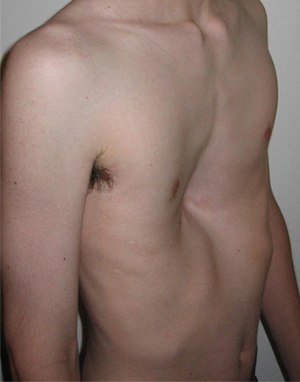
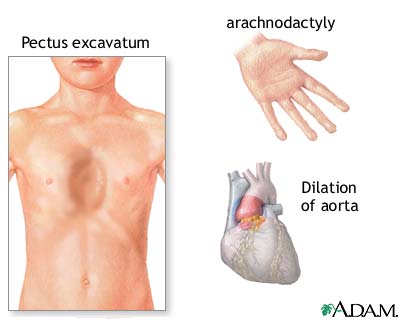
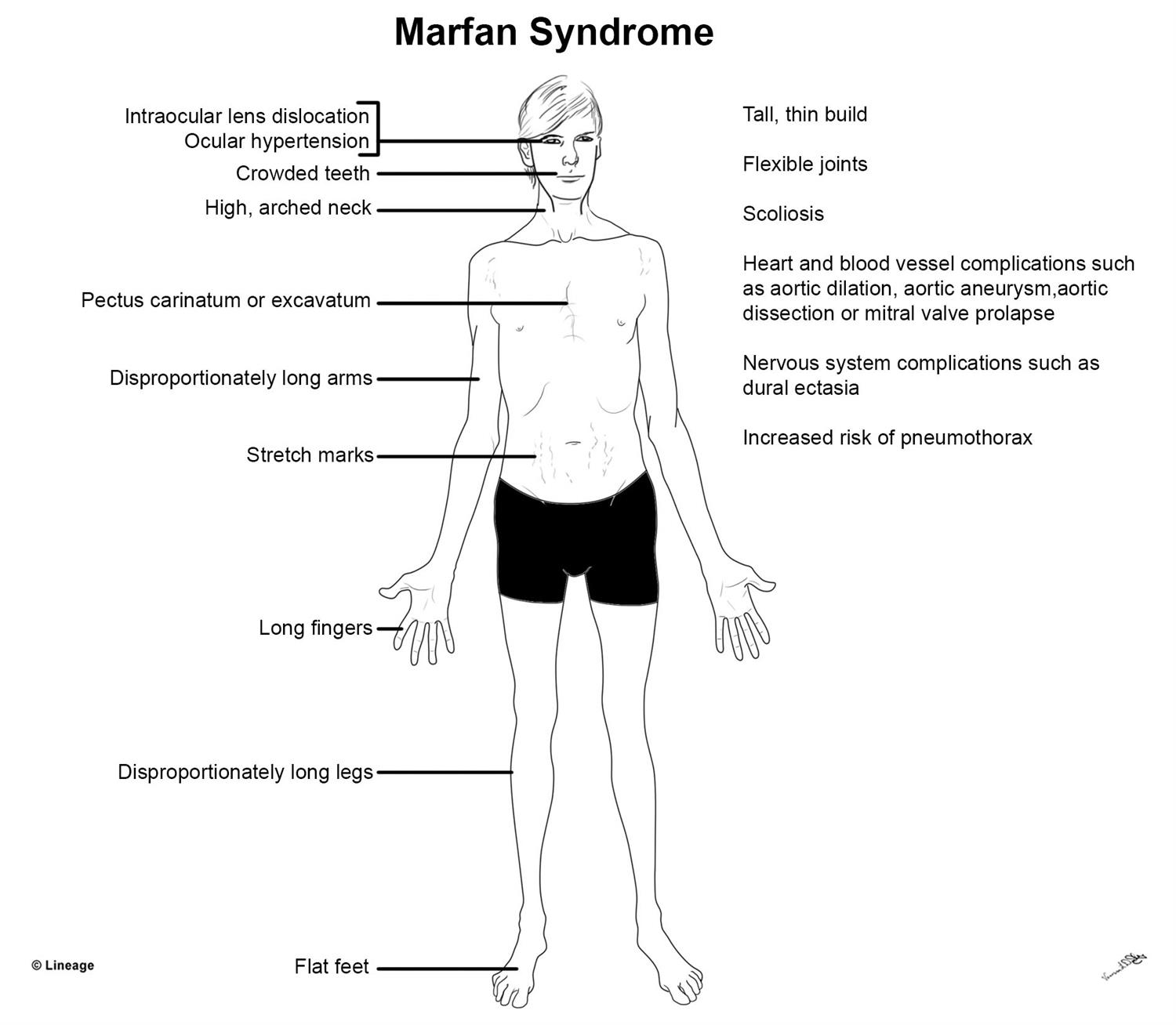






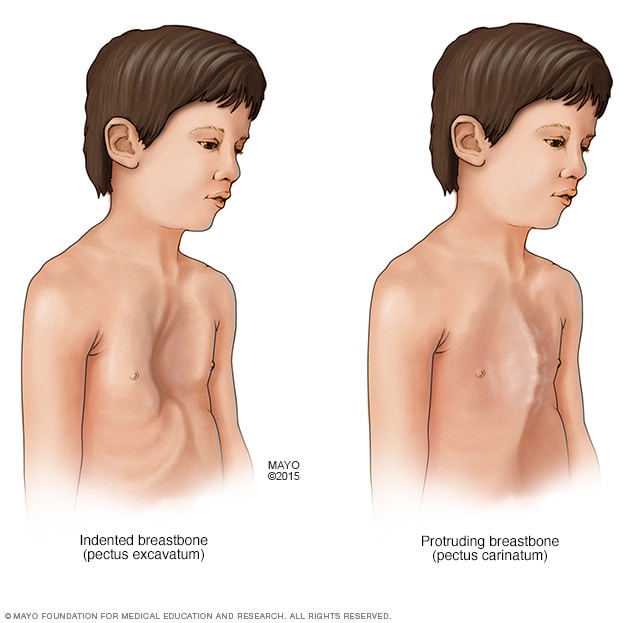



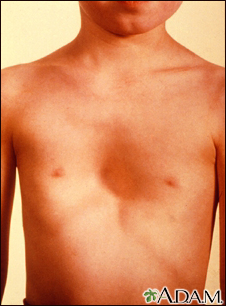

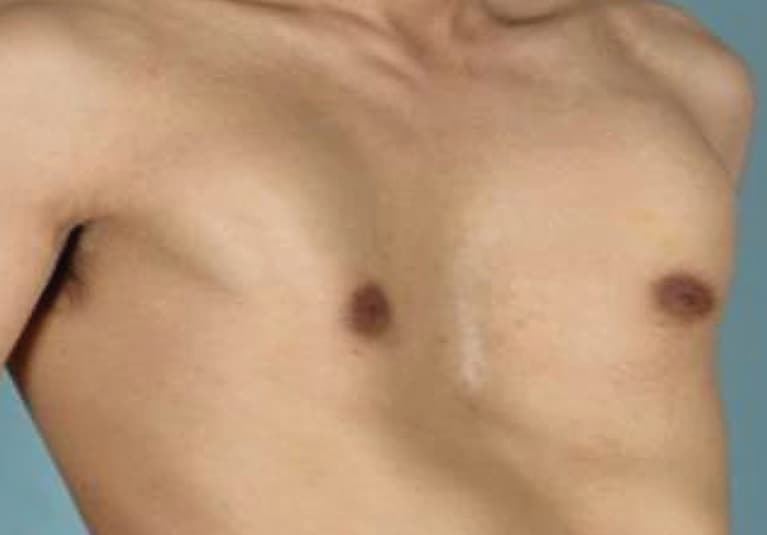






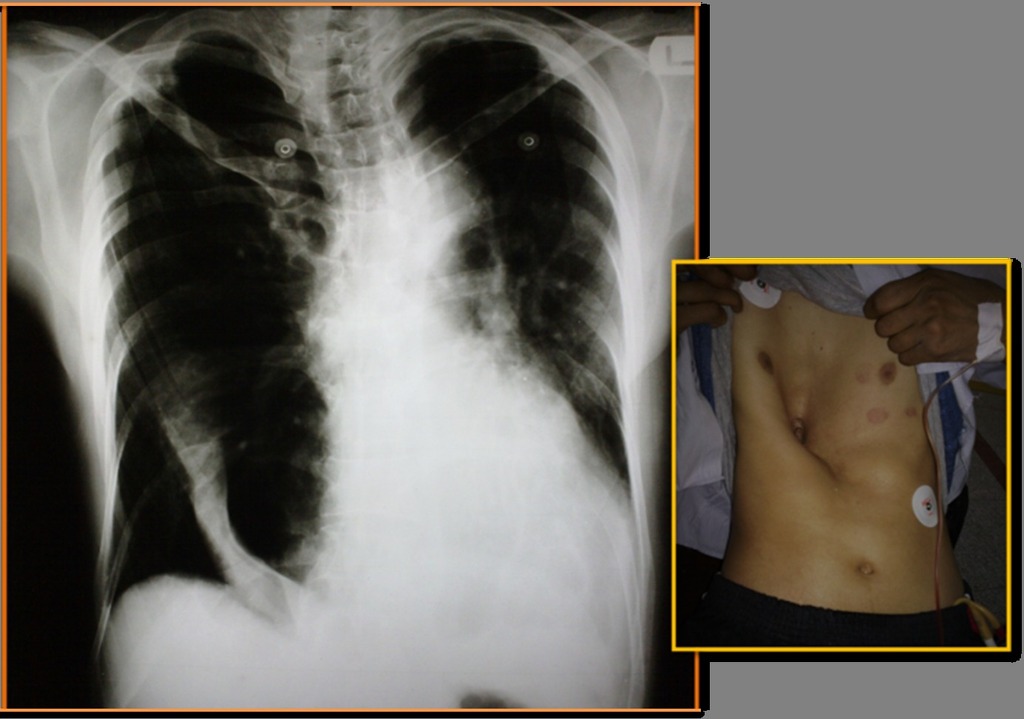











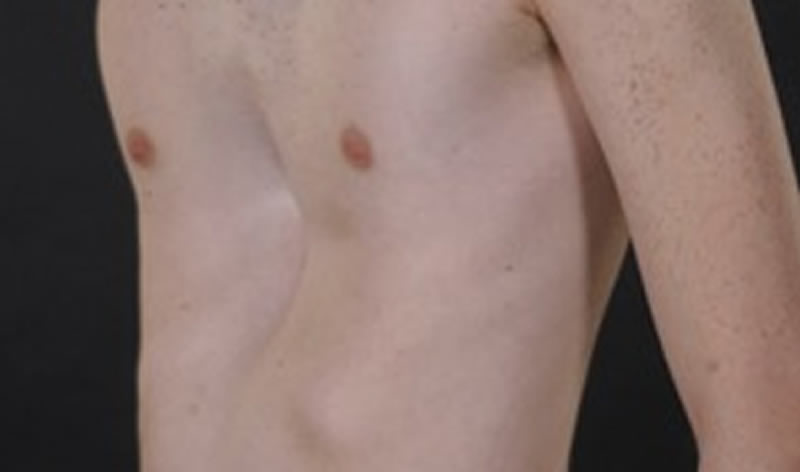





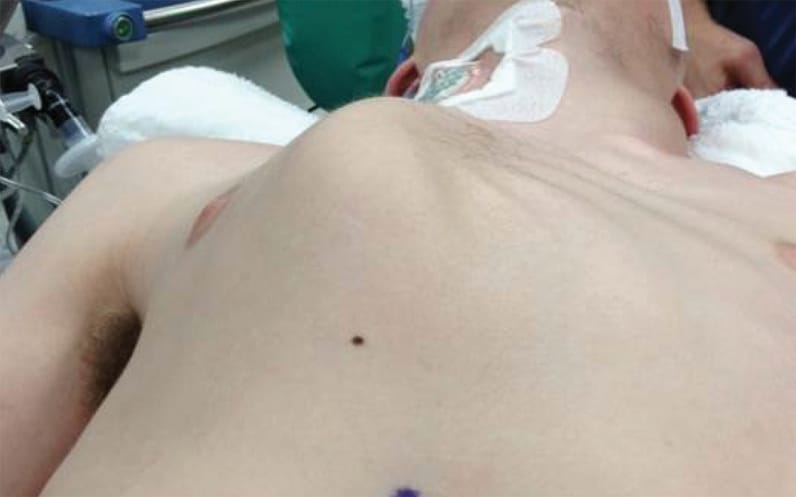


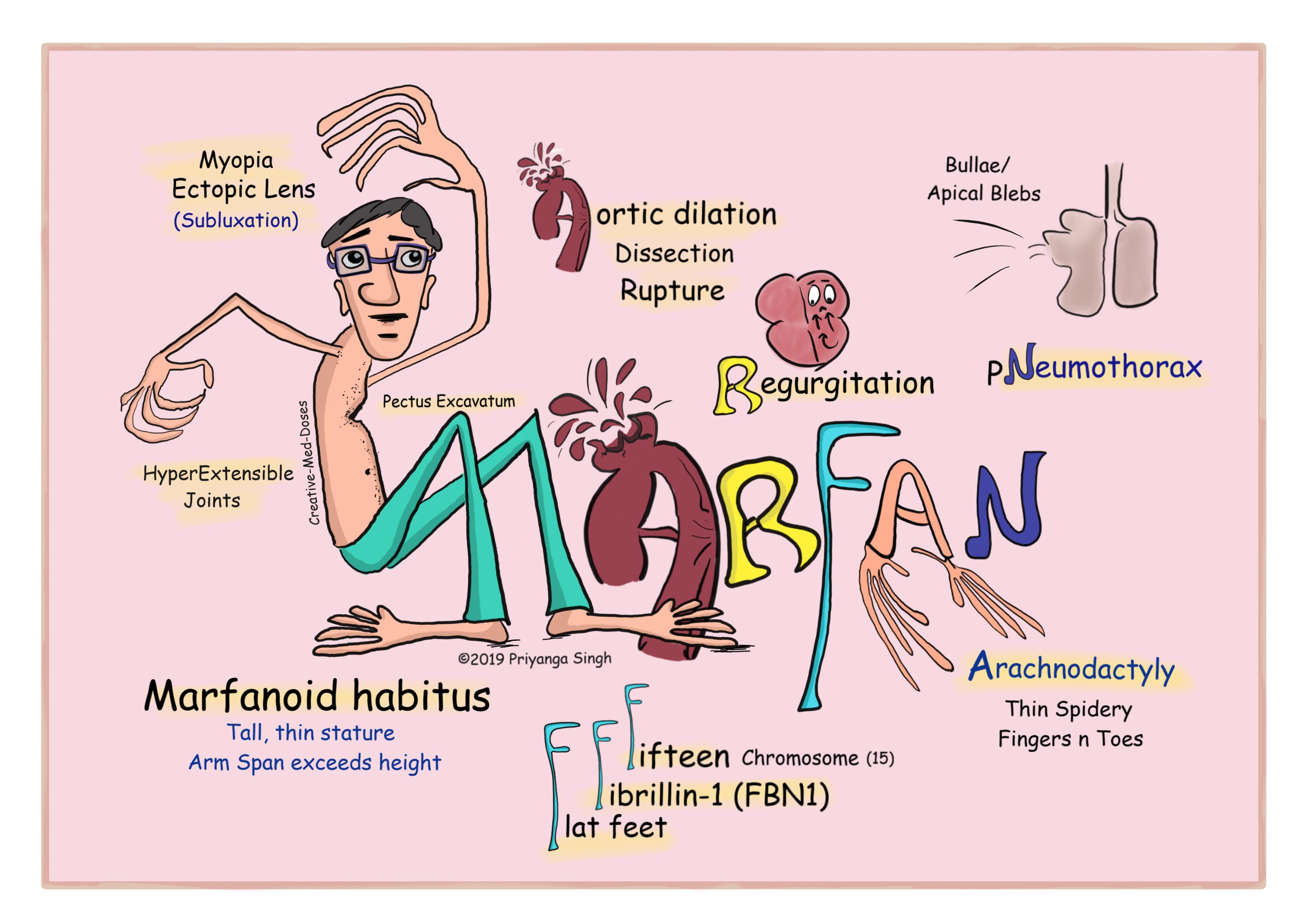
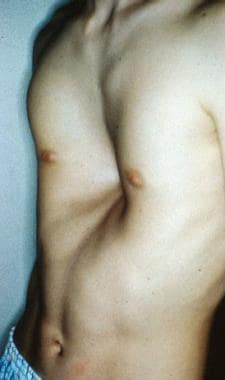
Post a Comment for "Pectus Excavatum And Marfan Syndrome"